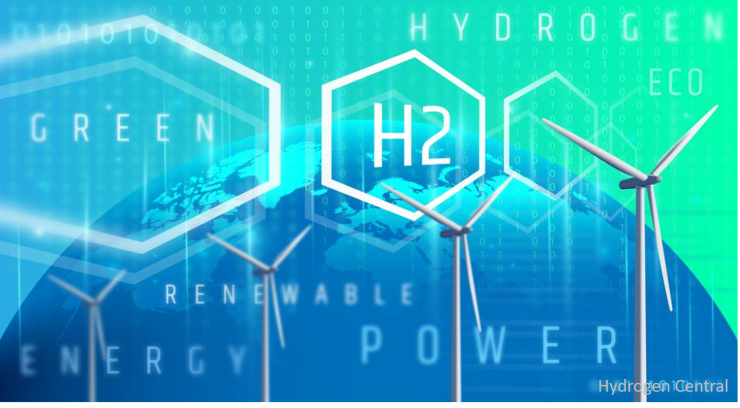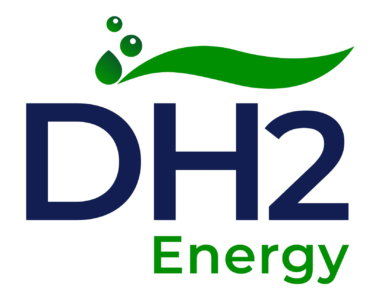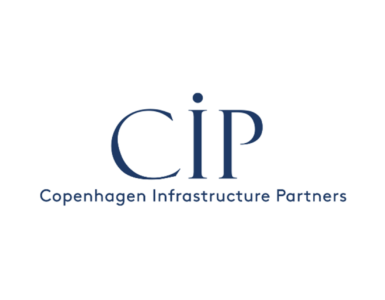KS: The triumphant advance of hydrogen will continue – for the time being. There is much to suggest that the production of green hydrogen will face enormous economies of scale in the coming years. But it would be negligent to ignore the problems.
Anyone reading the announcement of a group of European companies that have come together under the name “HyDeal” must be amazed: They want to bring green hydrogen produced in southern Europe at a price of 1.50 euros per kilogram to customers in Germany in 2030, including transport costs. This would make green hydrogen competitive with conventionally produced hydrogen.
Is this a dream come true? Green hydrogen is considered to be a universal problem solver on the way to climate neutrality. In industry, in certain areas of the transport sector and perhaps also in the heating sector, it is supposed to do what cannot be achieved with electricity from renewable sources.
But how realistic is the announcement? One is spontaneously inclined to dismiss it as a PR gag. In fact, however, it also stands up to critical scrutiny.
🔥 What about we co-host a webinar? Let's educate, captivate, and convert the hydrogen economy!
Hydrogen Central is the global go-to online magazine for the hydrogen economy, we can help you host impactful webinars that become a global reference on your topic and are an evergreen source of leads. Click here to request more details
The triumphant advance of hydrogen will continue
The initiators want to operate the hydrogen electrolysis with photovoltaic electricity, which they produce on the Iberian Peninsula on a large scale. Electricity costs are by far the largest cost factor in the production of green hydrogen. So cheap electricity is the basic requirement for cheap hydrogen. The levelized costs of electricity from photovoltaic systems in Spain are extremely low and will continue to fall in the coming years.
At the same time, the manufacturers of electrolysers are holding out the prospect of significant reductions in costs.
READ the latest news shaping the hydrogen market at Hydrogen Central
In addition, the initiators of the HyDeal idea want to partially use the existing gas network infrastructure for the transport of hydrogen. A cheaper hydrogen transport is hardly conceivable. The starting conditions are therefore favorable.
No infinite area potential
A look back confirms that economies of scale are not witchcraft. Ten years ago, offshore wind power was considered an expensive technology toy. Today offshore wind farms are planned and built without government support.
Things could develop in a similar way with hydrogen electrolysis. But it would be negligent to ignore the problems. First of all, a very practical hurdle: Where should the large amounts of water come from in Spain that are required for electrolysis?
Much more important, however, the quantity problem remains relevant, even with production costs that are low. The expansion of renewable energies to generate electricity, which is an indispensable prerequisite for the production of green hydrogen, is reaching its limits. There is no such thing as an infinite area potential.
Even with low production costs, hydrogen production in Europe cannot be expanded at will. Whether Australia, Chile, Saudi Arabia or the Ukraine will actually deliver hydrogen to Europe on a large scale is in the stars. Anyone who believes that green hydrogen safely and naturally paves the way to climate neutrality is not immune to disappointment.
Der Siegeszug des Wasserstoffs wird sich fortsetzen – vorerst by Klaus Stratmann [in german]








